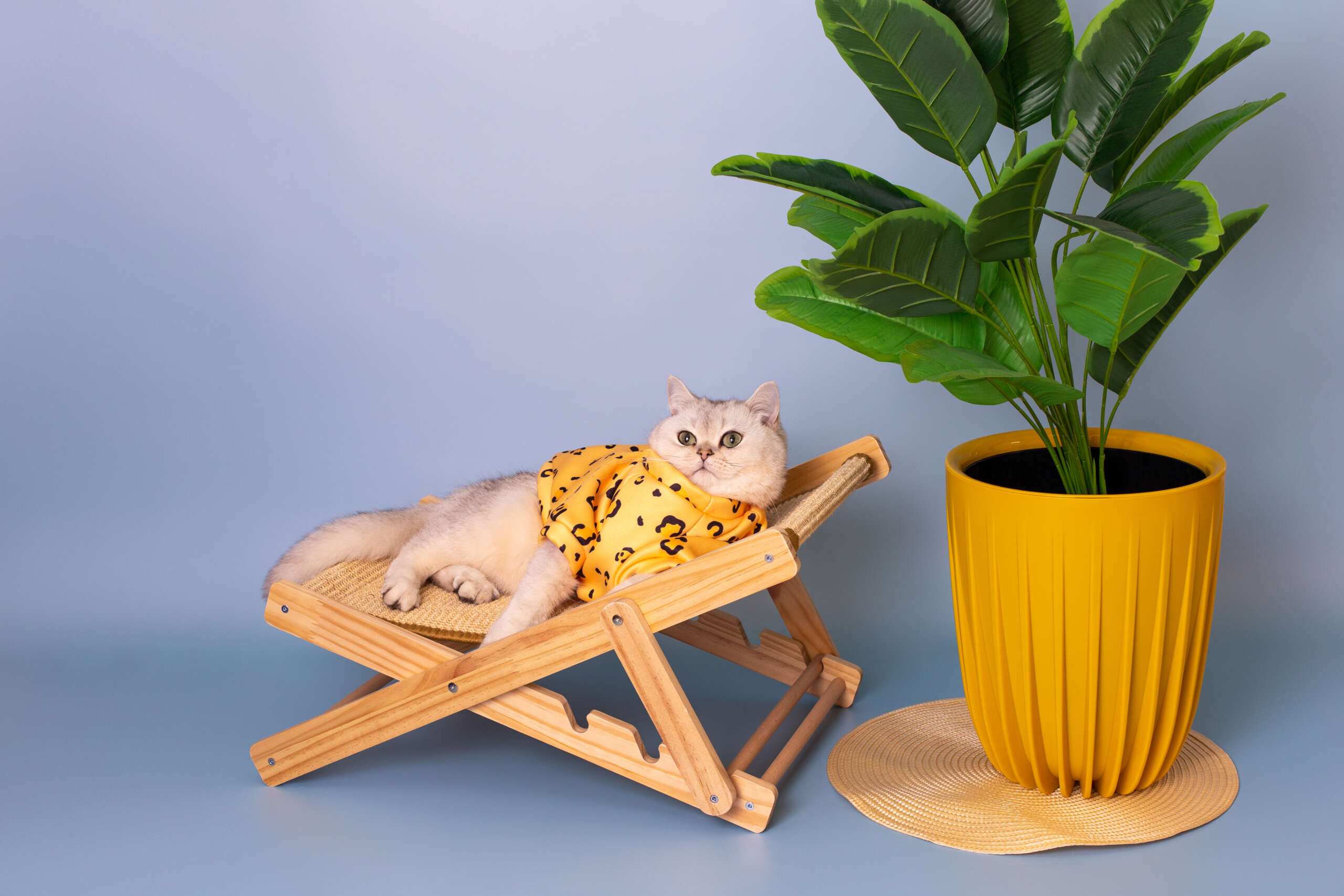Share This Article
Looking to create custom cat furniture without breaking the bank? Transform everyday recyclables into amazing cat-friendly pieces you and your feline friend will love! This guide will show you how to craft sustainable, stylish, and functional cat furniture using materials you probably already have at home.
Why DIY Cat Furniture?
Creating your own cat furniture offers numerous benefits:
- Saves money compared to store-bought options
- Allows customization to fit your space and style
- Helps reduce environmental impact
- Provides a sense of accomplishment
- Creates unique pieces tailored to your cat’s preferences
Essential Materials
Before starting your DIY journey, gather these basic supplies:
- Cardboard boxes of various sizes
- Old wooden crates or pallets
- Sisal rope
- Fabric scraps or old blankets
- Non-toxic glue
- Scissors and utility knife
- Measuring tape
- Sand paper
- Non-toxic paint or contact paper
Simple Projects to Start With
1. Cardboard Castle
Transform ordinary boxes into an elaborate cat castle:
- Stack boxes securely using non-toxic glue
- Cut entrance holes between levels
- Cover with attractive fabric or contact paper
- Add platforms and hiding spots
- Create scratching surfaces with sisal rope

2. Wooden Crate Climbing Wall
Create a vertical playground using old wooden crates:
- Sand rough edges for safety
- Paint or stain the crates
- Secure them to the wall at varying heights
- Add soft bedding and toys
- Install sisal-wrapped poles between levels
3. Recycled Scratch Post
Make an eco-friendly scratching post using:
- A sturdy cardboard tube
- Sisal rope
- A wooden base
- Decorative elements from recycled materials
- Non-toxic finishes
Safety Considerations
When creating DIY cat furniture, always:
- Remove or cover sharp edges
- Ensure all structures are stable
- Use pet-safe materials and adhesives
- Secure tall pieces to prevent tipping
- Test weight capacity before allowing use
Maintenance Tips
Keep your DIY furniture looking great with these maintenance practices:
- Regular cleaning with pet-safe products
- Prompt repairs of any damage
- Replacement of worn materials
- Periodic tightening of any loose components
- Regular inspection for safety
Remember, combining functionality with safety and style is the key to successful DIY cat furniture. Your creations should provide entertainment and comfort for your cat while complementing your home’s décor. With these guidelines and some creativity, you’ll create amazing pieces that will make you and your cat happy!


